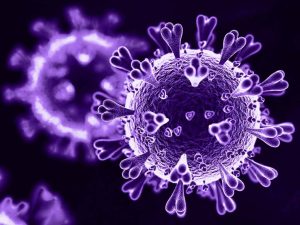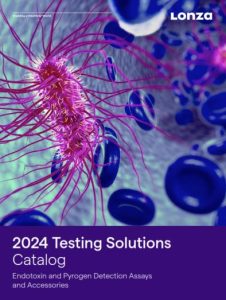A few years ago it was determined that allergy injections were necessary to reduce my suffering from the flora of the changing seasons, household dust and the dander from common household pets. Per the ACAAI.org website, “allergy shots, also known as subcutaneous immunotherapy (SCIT), are the most commonly used and most effective form of allergy immunotherapy. This is the only treatment available that actually changes the immune system, making it possible to prevent the development of new allergies and asthma.”1

I don’t receive just one or two injections; I receive four allergy injections every other week. Each group of allergens is allocated to one of four vials and injected into my arms at four different points. These vials are prepared at an immunologist’s office in a very similar fashion as a pharmaceutical compound is prepared. Even though this is a sterile environment and the stock solutions are sterile, is there a concern about endotoxin contamination? Will endotoxins affect the allergen immunotherapy?
In 2003, three NIH scientists examined this exact topic. Fourteen different allergen vaccines were tested for endotoxin levels using the 0.06 EU/ml sensitivity gel clot assay2. Beta glucans and protease interferences were inactivated by dilution and heat-inactivation.
A total of 58 lots of vaccines were tested. The endotoxin content for the samples of note that trigger my allergic response is as follows:
- Cat hair – 2883 EU/ml
- Grass – 160 EU/ml
- Ragweed pollen – 341 EU/ml
This data is fairly startling to me as the USP endotoxin limit for parenteral drugs is 5 EU/kg/maximum dose (per kg). Generally 70 kg is used for the average adult body mass and my personal injections are ~1.0 ml, which equates to a 0.014 ml/kg dose. The above mentioned endotoxin result for the cat hair sample far exceeds what I would have expected based on the USP limit calculation:
Endotoxin limit = 5.0 EU/kg / 0.014 ml/kg = 357 EU/ml (versus 2883 EU/ml)
Unfortunately, the authors determined that the endotoxin content of standardized allergen vaccines is extremely variable and differs greatly from manufacturer to manufacturer. A proposed additional study will look at the effects of the high levels of endotoxin in some vaccines on the immunomodulatory changes associated with allergen immunotherapy.
Written by Travis
Scientific Support Specialist, Lonza Pharma-Bioscience Solutions at Lonza
References
“Allergy Immunotherapy” ACAAI Public Website, 14 Nov. 2018Trivedi, B., Valerio, C., and Slater, J. (2003) Endotoxin content of standardized allergen vaccines. Journal of Allergy and Clinical Immunology, 111(4), 777-783





